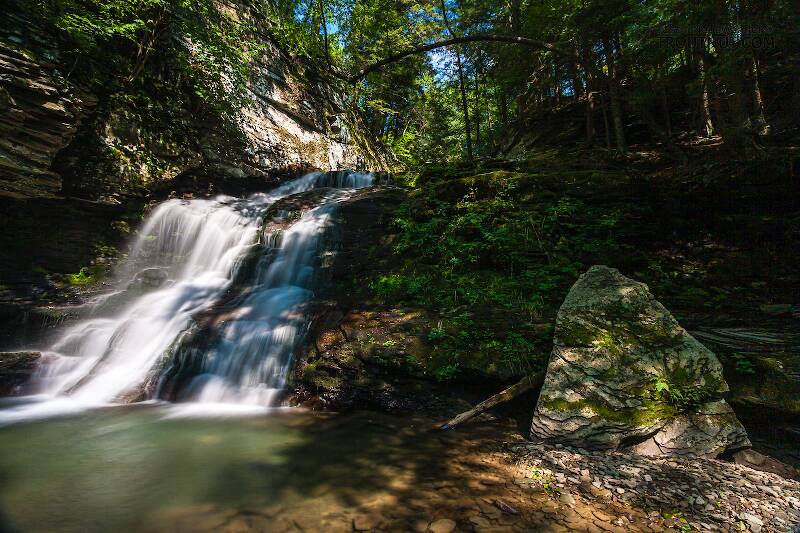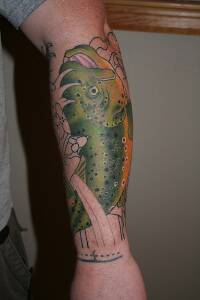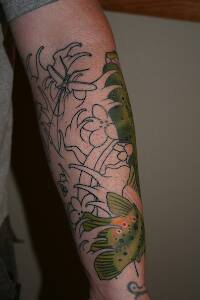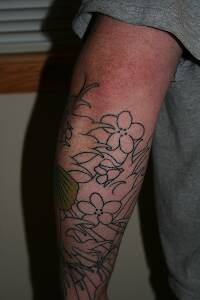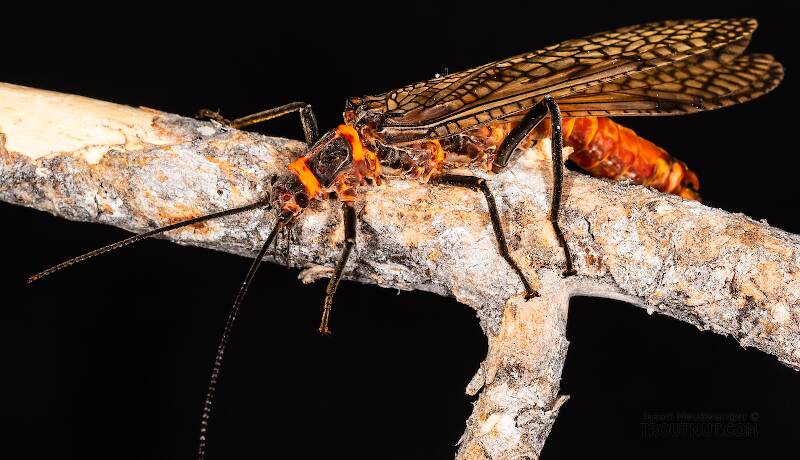
Salmonflies
Pteronarcys californica
The giant Salmonflies of the Western mountains are legendary for their proclivity to elicit consistent dry-fly action and ferocious strikes.
Featured on the forum
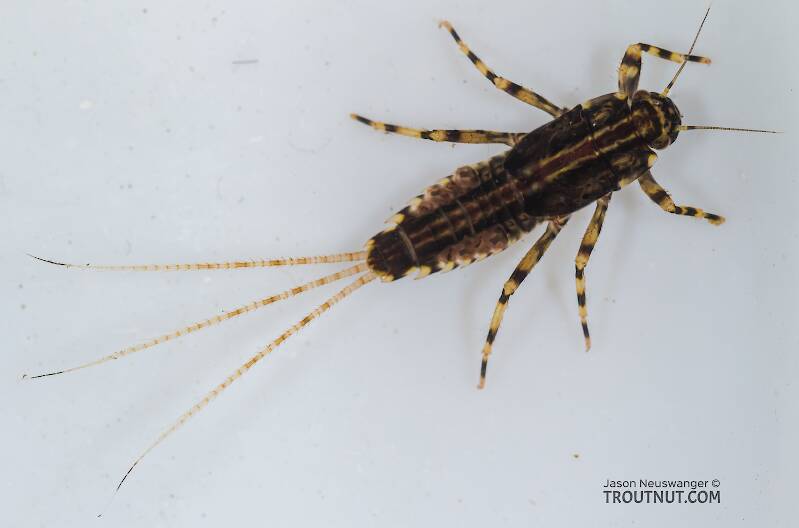
This is an interesting one. Following the keys in Merritt R.W., Cummins, K.W., and Berg, M.B. (2019) and Jacobus et al. (2014), it keys clearly to Ephemerella. Jacobus et al provide a key to species, but some of the characteristics are tricky to interpret without illustrations. If I didn't make any mistakes, this one keys to Ephemerella mucronata, which has not previously been reported any closer to here than Montana and Alberta. The main character seems to fit well: "Abdominal terga with prominent, paired, subparallel, spiculate ridges." Several illustrations or descriptions of this holarctic species from the US and Europe seem to match, including the body length, tarsal claws and denticles, labial palp, and gill shapes. These sources include including Richard Allen's original description of this species in North America under the now-defunct name E. moffatae in Allen RK (1977) and the figures in this description of the species in Italy.

Troutnut is a project started in 2003 by salmonid ecologist Jason "Troutnut" Neuswanger to help anglers and
fly tyers unabashedly embrace the entomological side of the sport. Learn more about Troutnut or
support the project for an enhanced experience here.
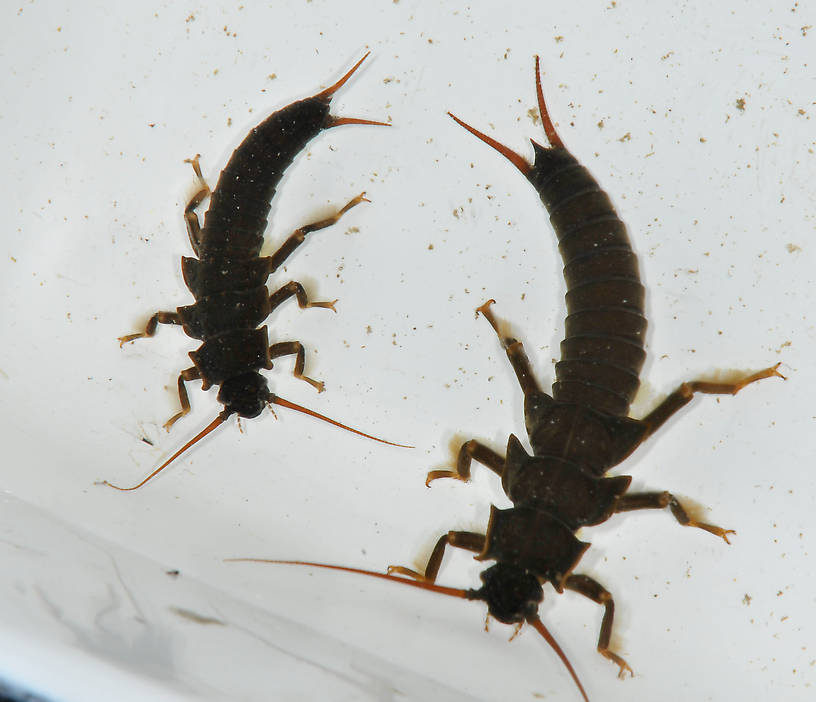
Here are two size classes of Pteronarcys nymphs. These probably represent two different generations. The largest will probably emerge next spring and the other in two years. There is probably another generation, smaller, I did not collect. In a Canadian study they discovered Pteronarcys eggs do not all hatch simultaneously but hatch for a period of nearly two years, making their egg/nymphal life 5 years. The other photo is of a curled nymph, a typical response to disturbance.
Bjorntofish
Posts: 1
Posts: 1
Bjorntofish on Jul 2, 2012July 2nd, 2012, 8:50 pm EDT
Friday, the PC stoneflies were hatching and flying midway up the river in the quality stretch of the South Fork of the Boise Rive (Idaho.) The fish seemed to be gorged with nymphs and only wanted the big nymphs fished in the current. We used large black Brooks flies with rubber hackle. They ignored most of the adult flies that fell to the surface. But the big bombers were lumbering over the water all day. Pretty exciting environment for fishing. At one point, I had two crawling on my neck while I was trying to work my drift into a large fish's feeding lane. Life is good.
Quick Reply
Related Discussions
Topic
Replies
Last Reply

